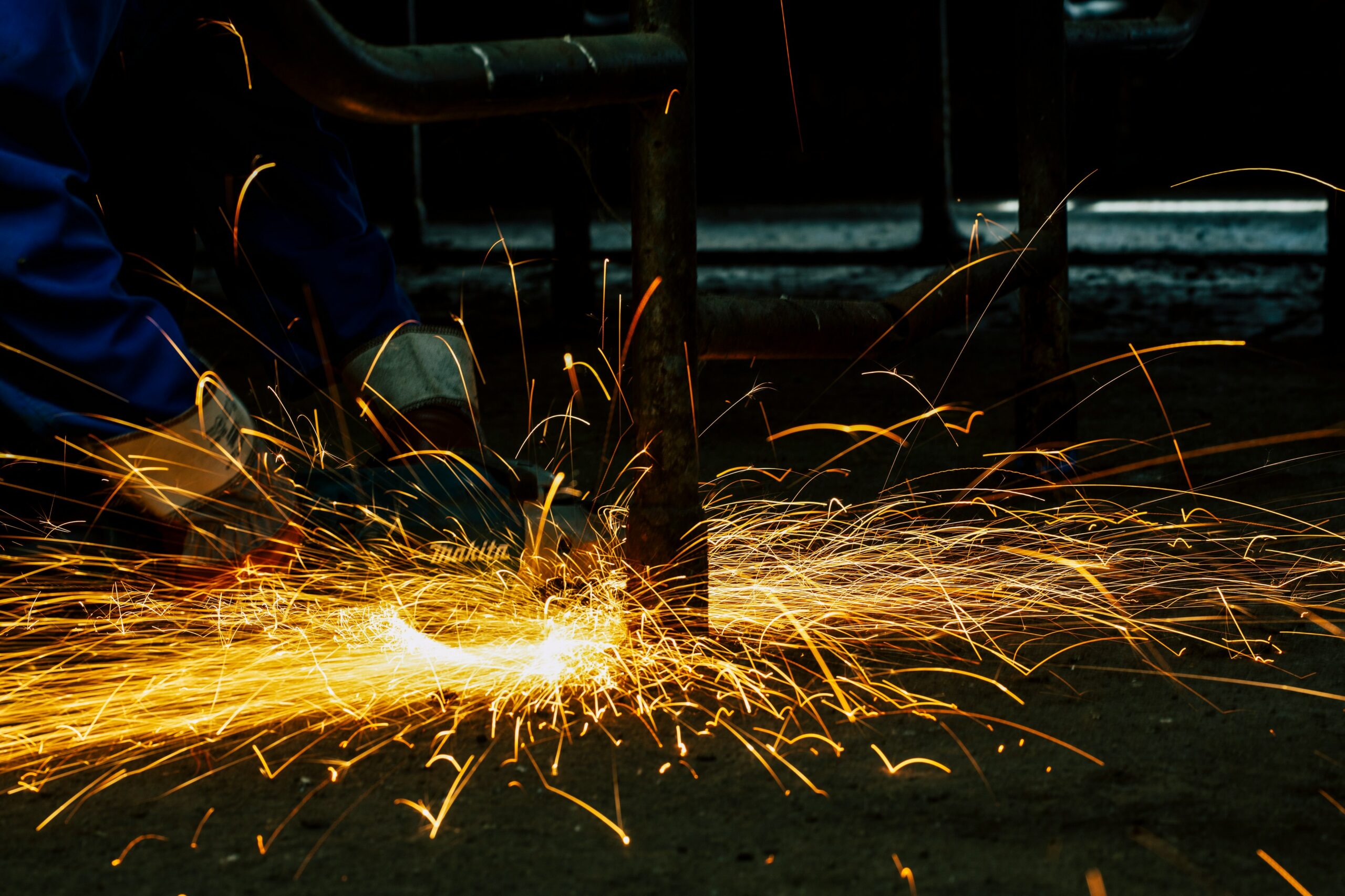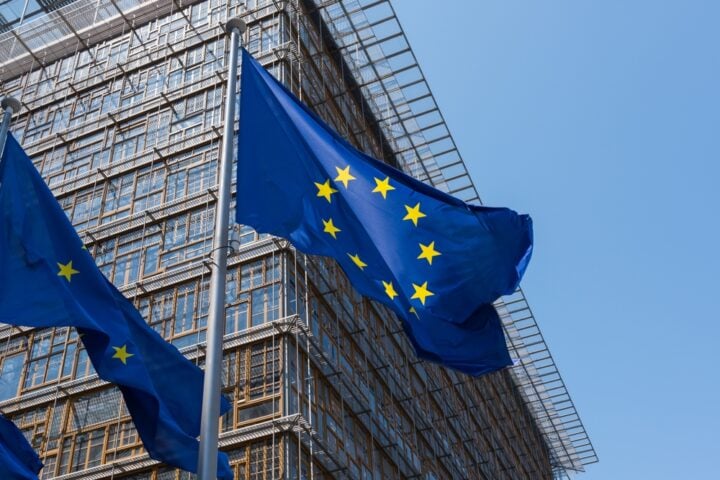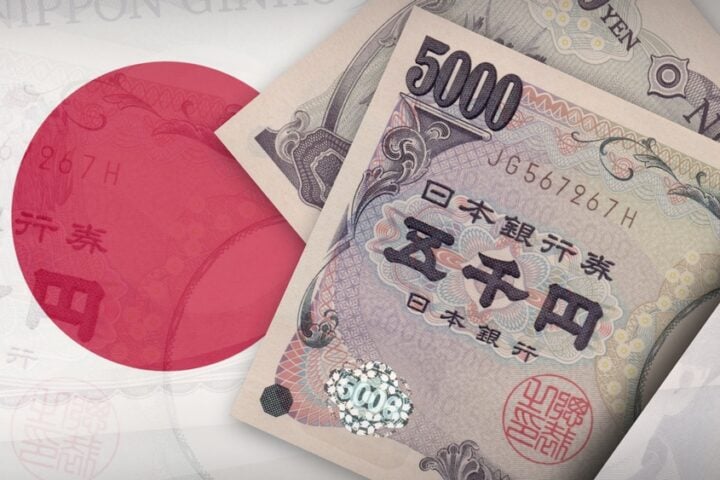The euro zone’s manufacturing sector showed tentative signs of stabilizing in October, with the pace of contraction slowing for the first time in months. While the sector has now contracted for the 28th consecutive month, the decline eased, offering a glimmer of hope that the worst may be over for the region’s factories.
According to the HCOB euro zone manufacturing Purchasing Managers’ Index (PMI), compiled by S&P Global, the index rose to 46.0 in October, slightly above the preliminary estimate of 45.9 but still below the 50 mark, which separates growth from contraction. This is the latest indication that while the manufacturing recession continues, it has not deepened further.
Manufacturing Recession Eases as Output Decline Slows
The index measuring output, a key metric that contributes to the composite PMI — a broader indicator of economic health — climbed to 45.8 in October from 44.9 in September. This exceeded the initial flash estimate of 45.5, signaling that the downturn in production was less severe than the previous month.
Cyrus de la Rubia, chief economist at Hamburg Commercial Bank, highlighted the positive shift: “There is one bit of good news in these numbers: the recession in the manufacturing sector did not deepen further in October. Production dropped at a slower pace than in the previous month, and new orders fell less sharply.”
Demand and New Orders Begin to Stabilize
The new orders index, which measures demand within the sector, rose to a four-month high of 44.2 from 42.2 in September. While still indicating a decline, the softer fall in demand suggests that manufacturers may soon see further stabilization. Factories also reduced their prices at the fastest rate since April, reflecting softer inflationary pressures in the manufacturing sector.
This easing in demand decline comes as the European Central Bank (ECB) continues its efforts to control inflation in the euro zone. The ECB’s recent interest rate cuts appear to be helping slow the pace of price increases, justifying the central bank’s cautious approach to monetary policy.
ECB Poised for Further Action as Inflation Comes Under Control
The European Central Bank cut interest rates for the third time this year in September, indicating that inflation across the euro zone is increasingly under control. The ECB is expected to implement further rate cuts in December to maintain economic stability as the region continues to navigate the aftereffects of inflationary pressures and ongoing recessionary risks.
The combination of softer price increases and a stabilization in the manufacturing sector could signal that the euro zone is on the path to recovery, albeit gradually. As demand begins to rebound and production levels stabilize, economists and policymakers alike will be closely monitoring the coming months for signs of sustained improvement.
Looking Ahead: Cautious Optimism for Euro Zone Manufacturing
While the euro zone manufacturing sector remains in contraction, October’s data offer reasons for cautious optimism. The slower pace of decline in output and new orders suggests that the sector may have weathered the worst of the downturn. As the ECB continues its policy easing cycle and inflationary pressures subside, the euro zone’s factories could be on the road to recovery — though challenges remain.
For now, the region’s economic health remains fragile, but the signs of stabilization provide hope for a more balanced and resilient manufacturing sector in the months ahead.







